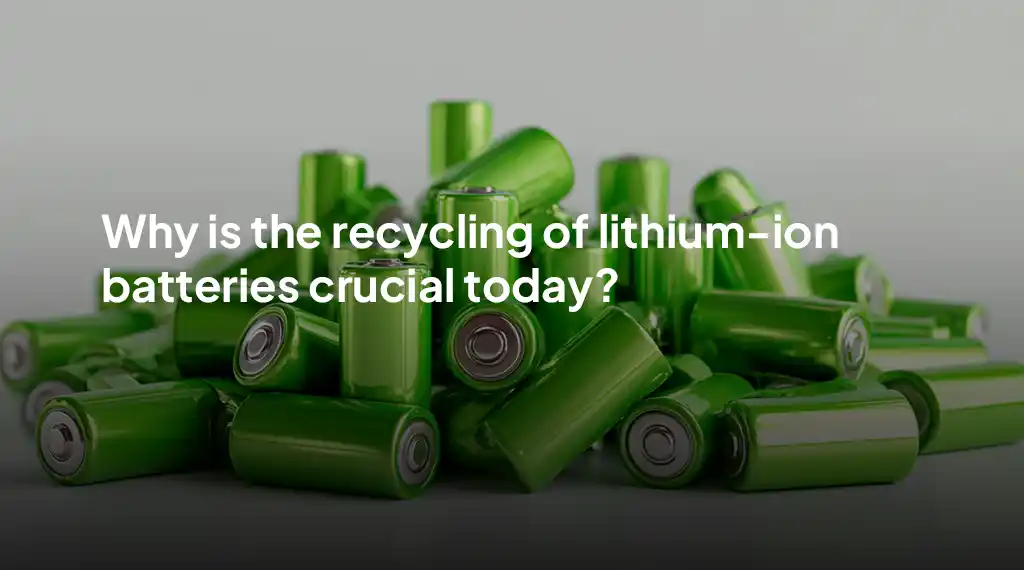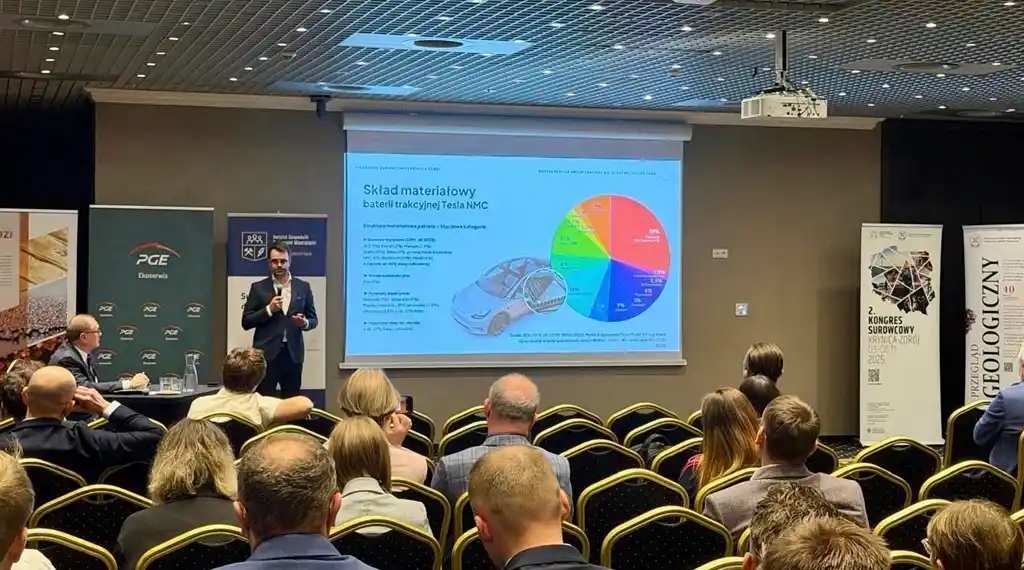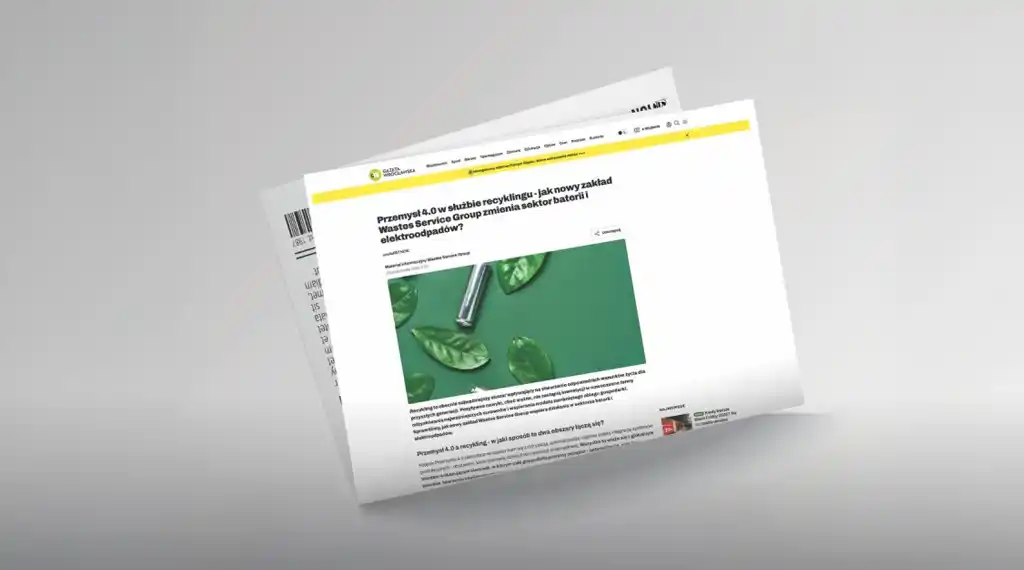
To achieve these goals, the economy needs large quantities of lithium-ion batteries.The popularization of RES, the support of electromobility and the electrification of various branches of the economy are the foundations of the green transformation. To achieve these goals, the economy needs large quantities of lithium-ion batteries. The problem, however, is their limited lifespan. After the end of operation, they become quite problematic waste, requiring proper recycling.
Substances contained in lithium-ion batteries, when they enter the environment, can lead to contamination of water and land. Improperly stored, they can also cause fires or explosions. At the same time, they are of considerable value. 400 kilograms of batteries are a potential source of, among others, 126 kilograms of aluminum, 71 of graphite, 22 of copper and 9 kg of cobalt - raw materials valued and sought after in many industries.
Lithium Ion Battery Recycling reduces reliance on costly and environmentally harmful extraction of raw materials, reduces the carbon footprint of battery production and ensures the security of supply of strategic metals.
EU and Polish legislators are well aware of the importance of battery recovery. This is evidenced by recent changes in regulations — the EU regulation and the national battery law, introducing, among others, a mechanism battery passport and standardizing the rules for dealing with spent cells.
The importance of properly disposing of lithium-ion batteries The greater the number of industries that use them. They are already used in many types of devices — including personal transport (scooters, bicycles, scooters or electric skateboards) and electronics (computers and smartphones, navigation and multimedia systems). However, the greatest demand is generated by the automotive sector, the production of industrial and storage vehicles and RES (for storing surplus energy from wind turbines and photovoltaic panels).
To meet the demands of such diverse industries, it was necessary to develop many types of batteries. Among the most important are:
The question of whether batteries are e-waste in the face of their ubiquity is quite natural. So, it is worth finding out what the legal disposal of electric car batteries should look like and where to dispose of the batteries so that they do not harm the environment.
Correct segregation of batteries It should start at home. To minimize the risk of leaks, explosions and fires, a separate dry and cool place should be allocated for their storage. Under no circumstances do not cut the links, crush or pierce them. In addition, it is necessary to protect the poles (e.g. with insulating tape) to avoid short circuits.
Lithium-ion batteries should not be thrown into a regular dumpster — even small button batteries can cause a fire. Although they are classified as e-waste, they cannot end up in containers for power tools or old phones available in some stores. Batteries3 from electric cars should be returned to a service station or car repair shop. Used batteries are also accepted by PSOKs operating in each municipality.
However, the efforts of producers, consumers and local governments would not have produced the expected results if it were not for technologies enabling the recovery of individual raw materials. Against the background of the whole region, Poland is doing really well in this regard. It is in our country that the most modern plant in Central and Eastern Europe for the disposal of batteries from electric cars operates.
Created by Wastegruppe in Wszemirowie Battery & E-Scrap Recycling Park in Podrocław is a model example of technology applications Industry 4.0 in recycling. The plant has not only an installation for the processing of batteries by hydrometallurgical methods, but also an innovative line for dismantling the chassis of electric and hybrid cars. The recovered raw materials are then sent to production plants, for example in the form of granules, closing the circulation of materials and minimizing the amount of waste going to landfills.
Improper disposal of used batteries can result in water and soil contamination, and in extreme situations even explosions and fires. The efficient recycling of car batteries, fortunately, minimizes these risks. Reducing the demand for new raw materials not only reduces the cost of producing new batteries, but also avoids further environmental degradation. The disposal of car batteries is therefore an absolute necessity - both from an ecological and economic point of view.

15/11/25
Wastes Service Group participates in Batteries Event 2025 in Lyon. Filip Gabryelewicz will present our new Battery & e-Scrap Recycling Park and present a practical approach to Urban Mining.


15/11/25
Gazeta Wrocławska singled out the new WSG lithium-ion battery recycling plant in Wszemirow as an example of industry 4.0 and responsible transformation. The investment supports the region, creates jobs and sets new standards in recycling
